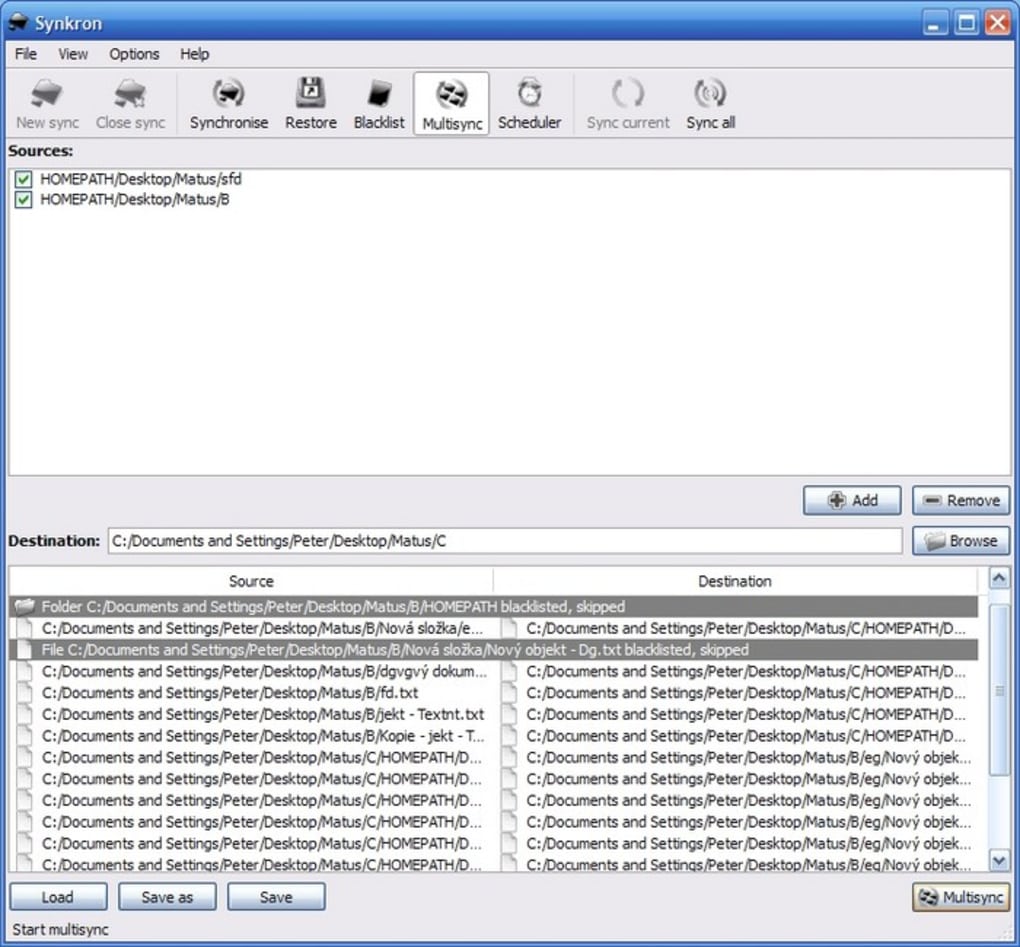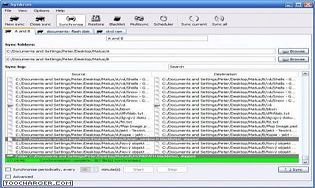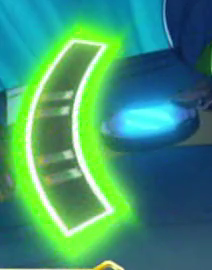

You need just RAW storage, editing storage and final stage storage. Pointless for videos, pointless for photos. Otherwise you can prepare x-time more storage space (follow your versioning setup). Don’t use such file share through Drive, even with the versioning. There is totally different point of view for such files for an editing process. I can imagine some on demand share for travelers. Partial problem is heavy sized video content. In this case, you don’t need to create and maintain the versioning. They are used therefore only for activities such as play the content or insert into documents w(o editing. We need understand a purpose of such sync process:ĭue to the nature of the size of the content stored in this file, sharing by Drive is important only if it is a static object that is not part of the editing workflow.
#SYNKRON DISK SPACE FULL FULL#
System Monitor is a very useful utility as it allows you to monitor a lot of things, and so I simply dedicate a full Virtual Desktop and allow it to run all the time.Note: there was main topic the versioning not just the sync Mind you I allowed a "huge" 500 MB for /boot, but you can't imagine how fast you can blow through that if you don't periodically edit the OLD kernels and either delete them out right, back them and delete them, or move them to a backup partition.Īnd as the previous poster mention the other thing that eats up space are your log files. Now, adjust the amount of space you want to add to the C: drive using the Select the amount of space in MB option. Then enter the amount of space you want to unnallocate. I leave the currently in use Kernel (of course), the previous Kernel, and the rescue kernel. To unallocate space from another partition, right-click the partition in Disk Management and select Shrink Volume. When /boot approaches 75% full as shown on the System Monitor) I then go in and edit /boot and remove the oldest kernels - I frequently move them to some off disk backup location. The other tool I love is Midnight Commander (mc) which is a file browser / file editor. I run System Monitor in it own Virtual Desktop. Delete unwanted files using rm command on a Unix-like system: rm -rf / ftpusers / tmp /. Click on "File Systems" and it will graphically show you how much space is being used in each partition. Compress uncompressed log and other files using gzip or bzip2 or tar command: gzip / ftpusers / tmp /. You will find 3 tabs: Processes, Resources, and File Systems.

I use a combination of tools the first one is GNOME System Monitor (which will run under KDE if you are a KDE type of person). There is one other thing that eats up space on hour HD: Kernel Updates.

This one is less likely but still possible, usually not for /home but more likely for ee.g. Click the OneDrive taskbar/menubar icon and open OneDrive > Settings > Account > Choose folders to make sure you don't sync any unwanted to your computer.

Move your files into the OneDrive folder.
#SYNKRON DISK SPACE FULL FREE#
If you umount that you can write data to /home and it will go on / and then when you remount /home it will be invisible but still using space. Use the Disk Clean-up utility (Start > Disk Clean-up in Windows, or Optimize Storage in Mac) to free up some working space for OneDrive. For example, you have a separate /home filesysteem. The lsof output gives you the pid of the processes with the files open and you'd need to restart those.Īnother possibility is that you have files that have been written to a directory on the root filesystem but are then hidden by another filesystem mounted on top of that.
#SYNKRON DISK SPACE FULL INSTALL#
A better way to list the used space is to use du -max-depth=1 -m -x / and to discover any deleted files that are still in use, use the lsof command (may need to run yum install lsof) then run lsof | grep -i del. While they are open, they will not release the space they use so you need to identify which processes hold them open and restart them. Synkron provides an easy-to-use interface and a lot of features. You can easily sync your documents, music or pictures to have their latest versions everywhere. The usual cause of this is large logfiles which you have deleted but that remain open by the process writing to them. Synkron is an application that helps you keep your files and folders always updated.


 0 kommentar(er)
0 kommentar(er)
